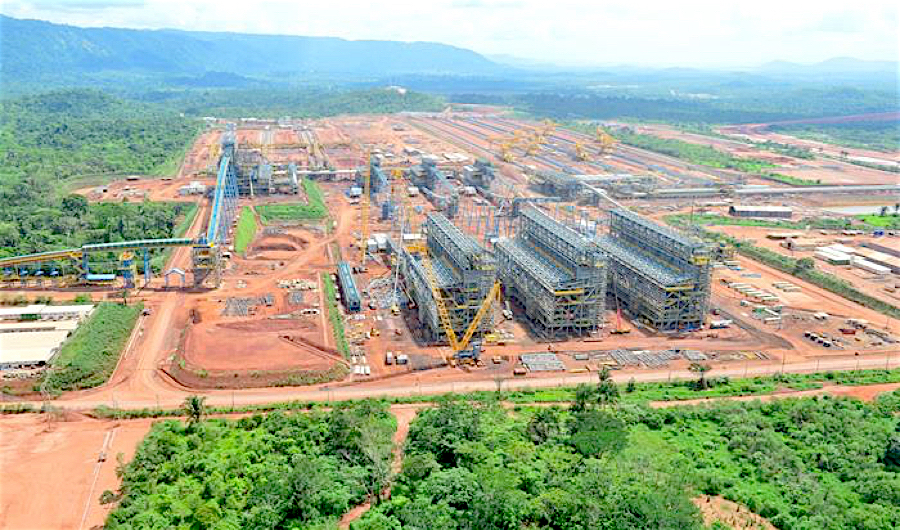
About 50 million tons of iron ore will be added to the market between now and June next year, which can only mean one thing for prices — yes, they are going down.
Despite beginning the year with a bang and climbing past $60 a tonne, seaborne prices have already weakened and are down by 9.8% over a month ago to $55.7 a tonne Tuesday according to the Metal Bulletin.
Projects such as Roy Hill in Australia, Anglo American’s Minas Rio and Vale’s S11D are set to inject 686 million metric tons into the market in the first half of 2017, from 677.8 million tons in the June-Dec 2016 period.
And as more supply comes into the market, prices are likely to take a hit, Liberum Capital Ltd. warned in a September 20 note. Projects such as Roy Hill in Australia, Anglo American’s Minas Rio and Vale’s S11D are set to inject 686 million metric tons into in the first half of 2017, from 677.8 million tons in the June-Dec 2016 period and 636.3 million tons in the opening six months of the year, according to Liberum’s analyst Richard Knights.
“Despite the ‘value-over-volume’ mantra being adopted by Rio and Vale, we still expect iron ore supply growth to accelerate quickly in 2017,” Knights wrote.
Brazil’s Vale, the world’s top iron ore producer, is expected to add a net 20 million tons next year as its $14.3 billion S11D project, the company’s biggest-ever investment, comes online. This, despite Vale saying Monday that output from the mine will be limited to 83% of full capacity as efforts to preserve cash and limit transport disruptions threat a needed railway expansion.

The miner’s new S11D iron ore mine in the Amazon region was originally expected to generate up to 90 million metric tonnes a year. But the company has decided to deliver up to 75 million metric tonnes from the mine to international sea-borne clients after a four-year ramp-up, Vale said according to Reuters.
The miner’s output decrease won’t be enough to stop iron ore prices from falling, Knights said. While rising sales of the steel-making ingredient into China this year have come as local, higher-cost production has dropped back, there may now be limited room for further increases, he wrote.
Other analysts, such as those at Citi and even producers, including BHP Billiton, back Knights’ view. Citi believes the steel-making ingredient will average $51 a tonne in the final quarter of the year and $45 in 2017 because of the global glut.
And BHP, the world’s largest mining company and the No.3 iron ore producer, believes prices for the commodity will remain low for at least another ten years due to oversupply.